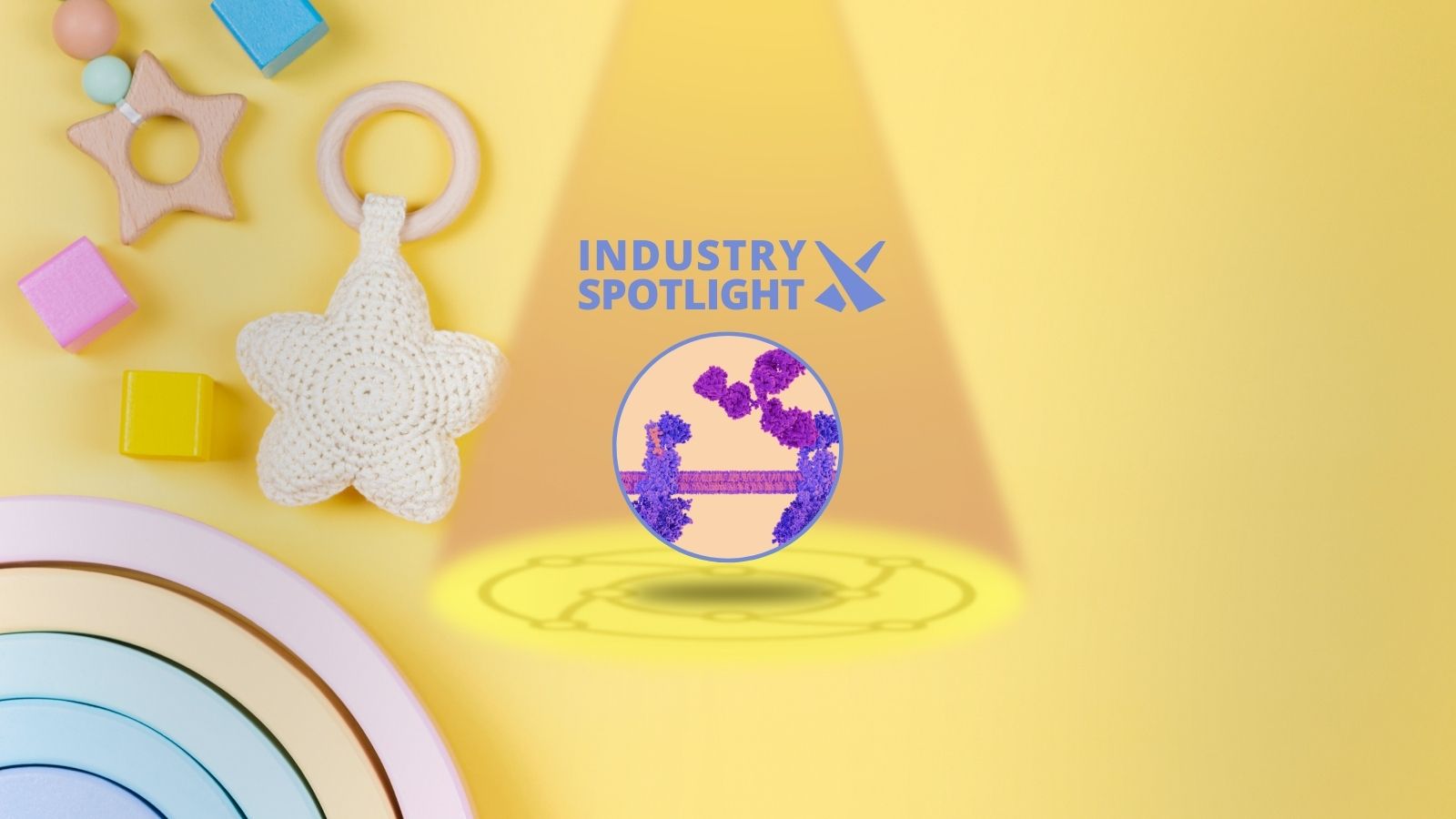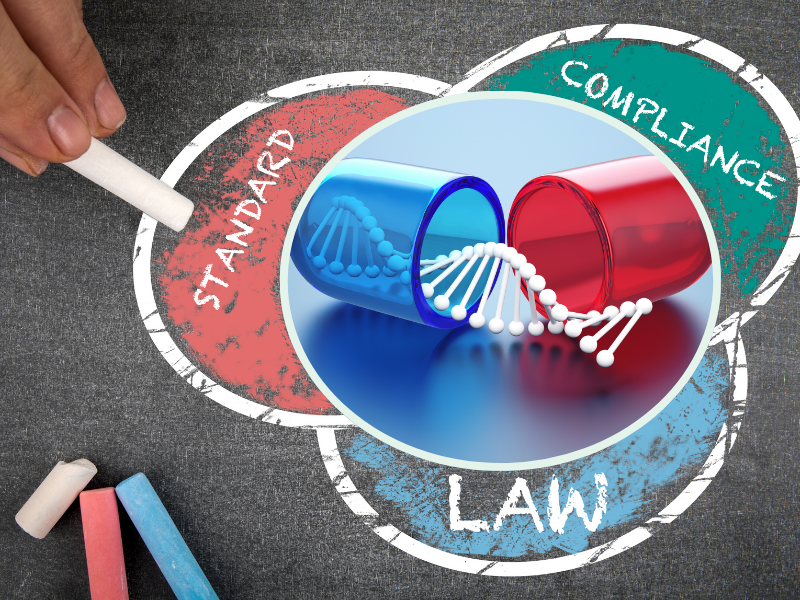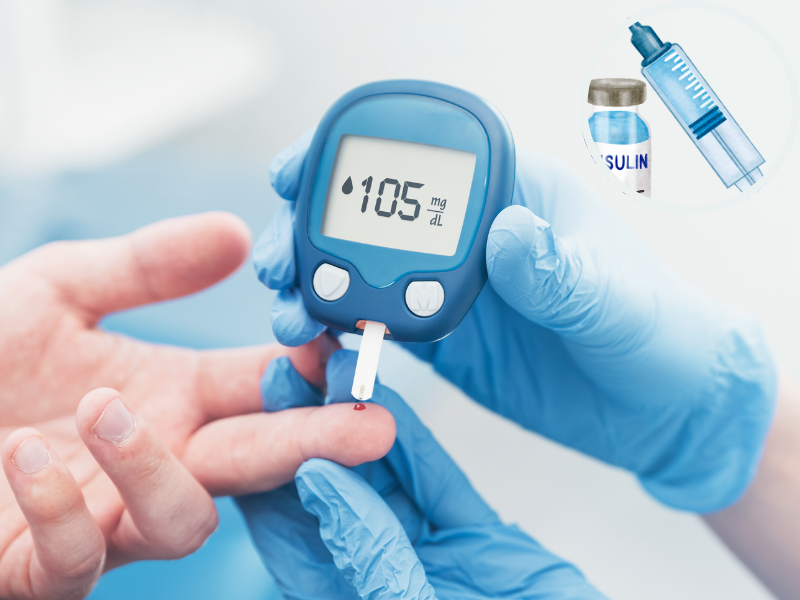Lipid Found in Breast Milk May Reduce Cerebral Palsy in Infants

A recent study from the US-based Duke University School of Medicine suggests that a lipid found in breast milk may help to mitigate cerebral palsy in newborns and infants.
In experiments carried out on neonatal mice, researchers identified a fatty molecule in breast milk that triggers a process by which stem cells in the brain produce cells that create new white matter.
This may help to repair damaged white matter – or nerve fibers – deep in the brain which are damaged in prematurely-born infants.
Cerebral palsy as a term refers to a group of movement disorders which are caused by inflammation-driven brain damage, or white matter injury.
Premature birth is a leading risk factor in the onset of cerebral palsy: the earlier a baby is born, the more vulnerable it is to brain damage which may result in cerebral palsy.
Research findings published by Duke University stemmed from earlier work showing that while the neonatal brain is particularly prone to damage, it may also be suited for repair.
From eight to 28 weeks during the gestational period, the developing brain contains a layer called the germinal matrix.
This area contains neural stem or progenitor cells – NSPCs – which give rise to types of neurons called oligodendroctyes.
The researchers involved in the study needed a compound that could stimulate the growth of NSPCs to turn into pre-oligodendrocytes, which would be safe enough to give to fragile premature babies.
Knowing that some types of fatty compounds – oxysterols – stimulate oligodendrocyte growth, the team decided to hunt for them in a substance with a very strong safety profile: breast milk.
Identifying Treatment for Cerebral Palsy in Infants
Duke University researchers isolated several candidates, then narrowed them down by investigating which ones could stimulate oligodendrogenesis from NSPCS.
The compound 20-alpha-hydroxycholesterol (20HC) emerged as the winner.
Researchers subsequently developed a model to assess the utility of the compound 20HC in treating issues associated with cerebral palsy in infants, such as motor dysfunction.
Eric Benner, Assistant Professor in the Department of Pediatrics at Duke University School of Medicine, said that further study in a clinical trial is needed but added the finding was promising.
“Developing therapies for children – especially such medically fragile children – is very difficult to do, as there are justifiably strict safety concerns,” Benner explained.
- Induced Pluripotent Stem Cells to be Manufactured on the ISS
- Zebrafish Models May Hold the Answer to Cell Dedifferentiation
- The Importance of Gene Knockout Mice in Disease Modelling
However, the fact that the molecule already occurs in something safe for premature babies offers a significant advantage in this context.
The fatty molecule identified in the study will be administered intravenously to patients in an upcoming clinical trial.
The method of delivery is significant, as many of the infants who make up this vulnerable population at risk of developing cerebral palsy also have gastrointestinal issues and cannot be safely given milk or medication orally.
Given that the timing of brain injury is extremely difficult to predict, a treatment that could be given safely to all preterm babies at risk would be revolutionary.
Get your weekly dose of industry news and announcements here, or head over to our Cell portal to catch up with the latest advances in stem cell development and manufacturing. If you'd like to learn more about our upcoming Cell UK conference, visit our event website to download an agenda or register your interest.







